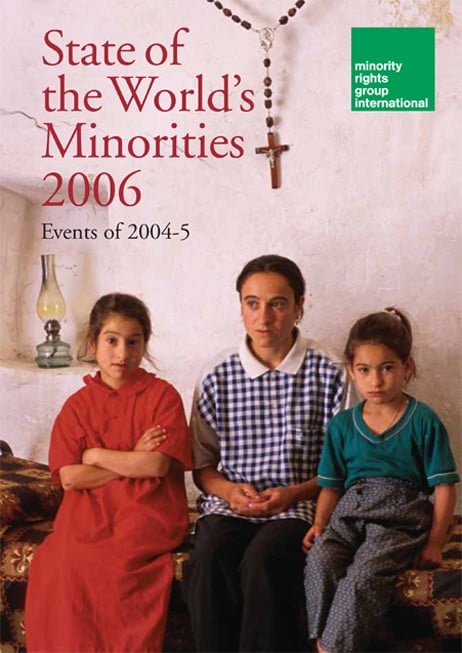
State of the World’s Minorities 2006
‘The way in which we treat minorities is the measure of civilization of a society.’
In the era of globalization, societies are becoming more diverse. Every country around the globe exhibits some ethnic, religious or cultural diversity. Instead of an asset to be celebrated, however, governments too often treat this as a threat. States in every world region repress the rights of their minorities or even deny their existence. For some minorities or indigenous peoples, their very survival is at stake.
In addition to the war in Iraq, which remained the focus of intense media attention, over 20 further major armed conflicts were ongoing in other parts of the world in 2005, as well as a range of lower intensity conflicts. In three-quarters of these armed conflicts, violence was targeted at specific ethnic or religious groups. Yet many of these conflicts could have been prevented if minority and indigenous rights had been respected.
This first edition of the State of the World’s Minorities looks at key developments over the last year affecting the human rights and security of ethnic, religious or linguistic minorities and indigenous peoples. It includes:
- a Preface by the UN Special Adviser on the Prevention of Genocide, Juan E. Méndez
- analysis of trends and legal developments by leading authorities on minority rights
- an overview by world region highlighting main developments and areas of concern
- statistical data on Peoples under Threat 2006 p ratification tables for the main minority rights treaties and extracts from recently concluded treaties.
This major new reference work provides an objective analysis of how minorities and indigenous peoples are treated around the globe – and, with it, a measure of the civilization of our societies.